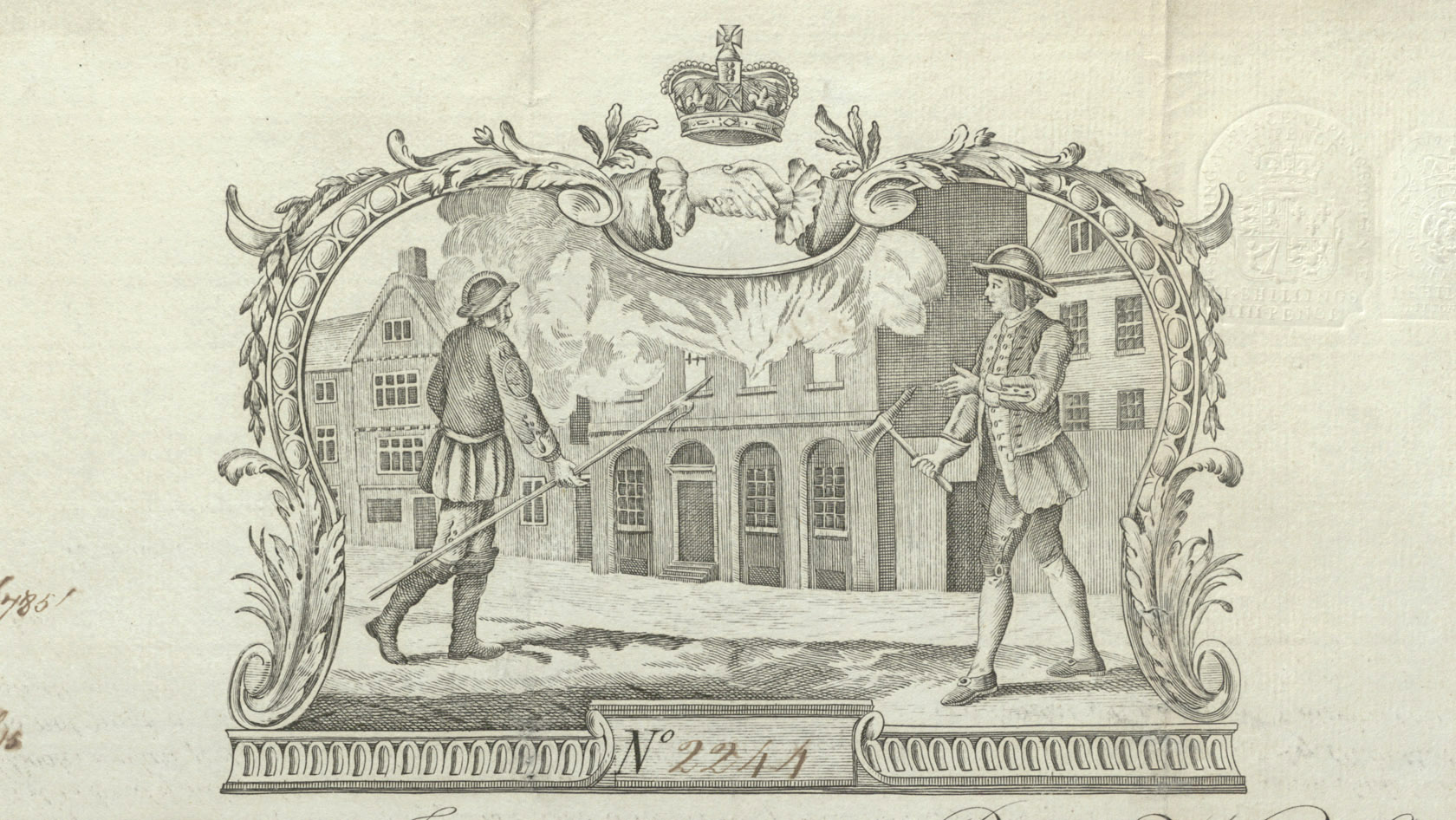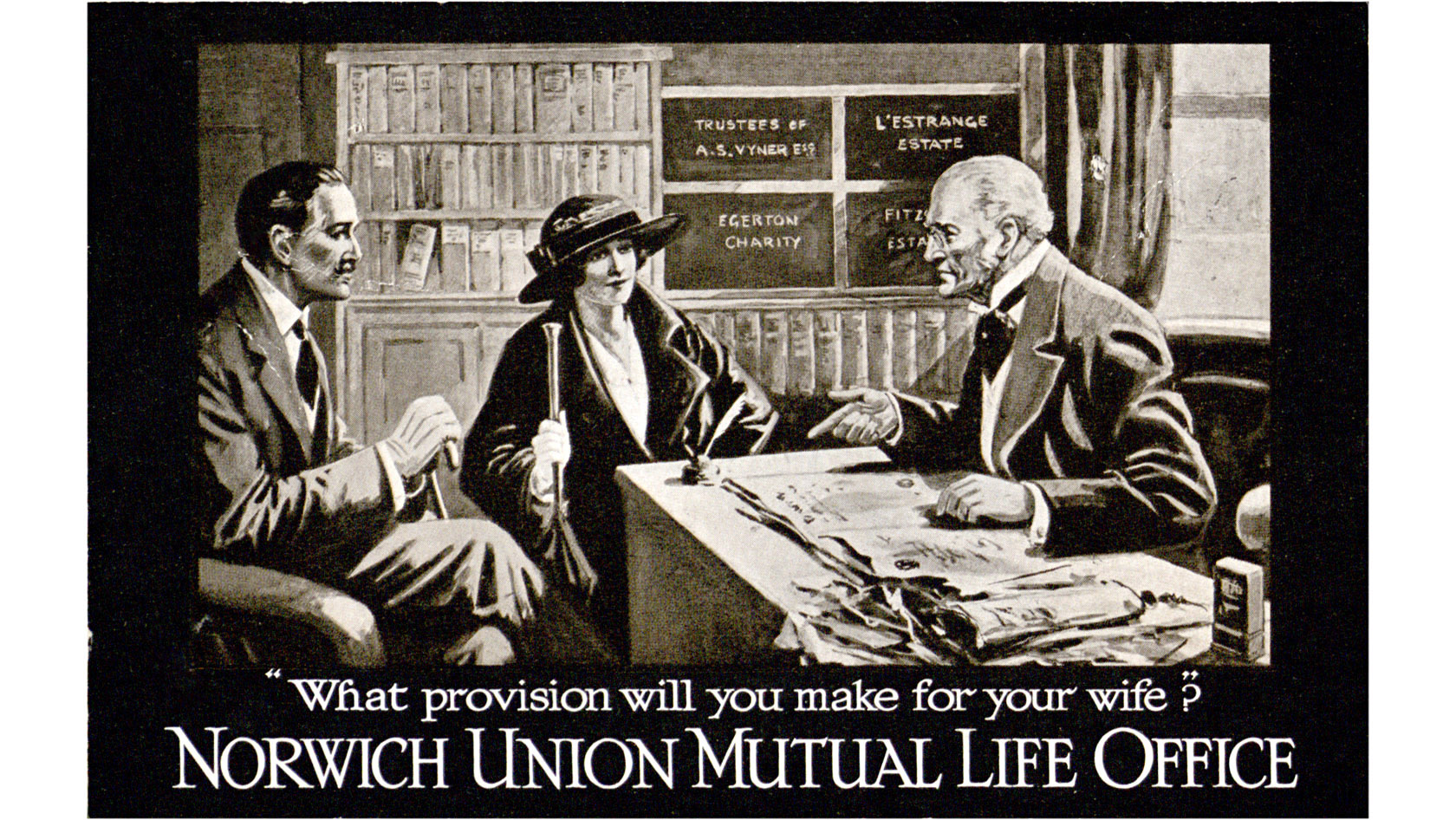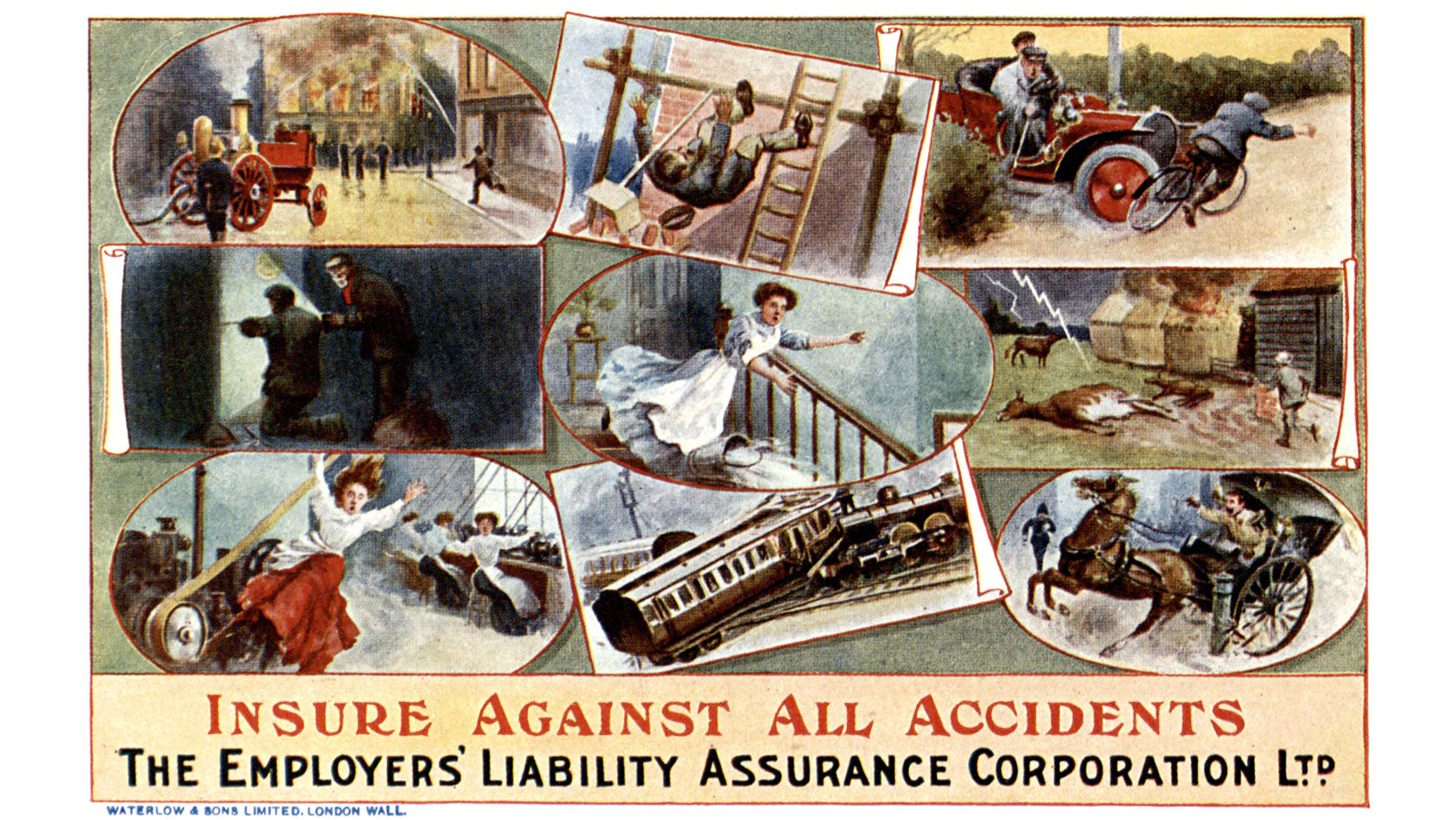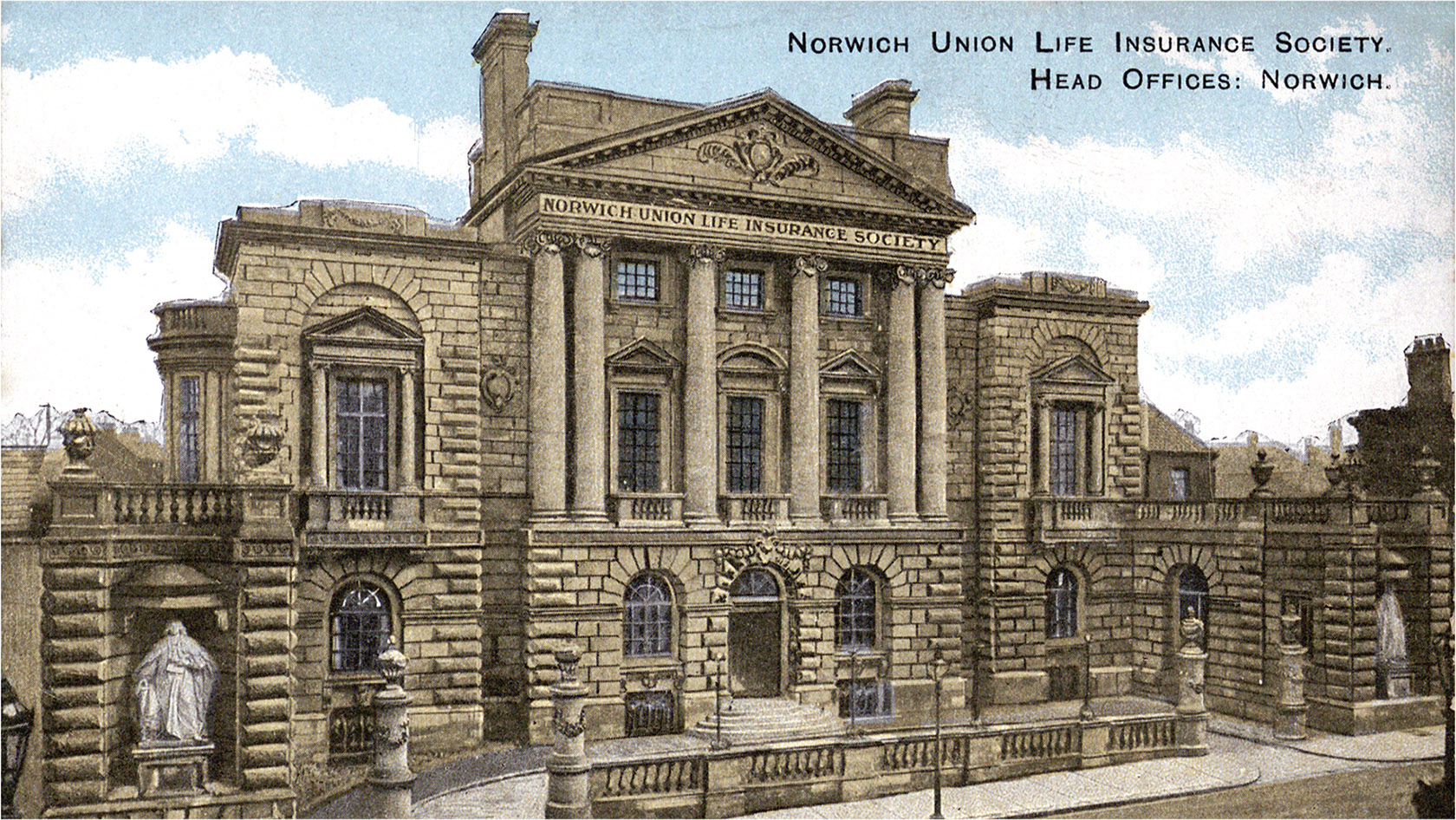2000
CGNU is born
CGU and Norwich Union merged on 30 May 2000. The new company took the name of CGNU plc. CGNU was the UK's largest insurance group, a top-five European life insurer, and had over £200 billion of assets under management. As part of the merger announcement, the company said it would dispose of its property and casualty business in the US. This was sold to White Mountains Insurance Group in 2001.
2000
London Market exit
CGNU announced its exit from the London Market, a distinct part of the UK insurance industry, in November 2000. The Group agreed to sell Marlborough Underwriting Agency and to reinsure all existing London Market business with the Berkshire Hathaway Group.
2002
Aviva launched
CGNU plc changed its name to Aviva plc on 1 July 2002. A selection of brands with good local recognition were retained. These included Norwich Union (UK), Delta Lloyd (Netherlands), Hibernian (Ireland), Commercial Union (Poland), NZI (New Zealand), and Morley Fund Management.
2003
New start in China
A new joint venture life business, Aviva-COFCO, was launched in Guangzhou in 2003. Our legacy companies had a presence in China from 1855 to 1951. In the 1990s, representative offices were reopened by General Accident in Beijing and Shanghai. The new partnership with the state-owned China National Cereals, Oils and Foodstuffs Import and Export Corporation claimed a number of firsts, including being the first foreign-invested life insurance company to be involved in sports-related insurance in China.
2004
Indian Ocean tsunami
Across the Group’s businesses, strong support was shown for the victims of the Indian Ocean tsunami that struck on 26 December 2004. Staff donated blankets, clothing, and other essential supplies. They contributed more than £200,000 of the £700,000 committed by Aviva to the relief effort. Aviva teamed up with Oxfam and Concern India to coordinate these funds and to establish sustainable development projects. The Group entered into a global partnership with Oxfam in 2006, becoming a founding member of the Oxfam 365 Alliance.
2006
Going carbon neutral
Aviva announced its commitment to become the first insurer to go carbon neutral in 2006. This was an important step in the Company’s ongoing programme to limit its environmental impact. Progress had already been made on energy efficiency and in sourcing zero emission electricity. Outstanding emissions were to be offset by investing in projects that generated carbon credits.
2008
New global asset manager
Aviva Investors launched in 2008. The new company combined the Group’s asset management businesses worldwide. This brought together 1,100 employees in 15 countries under one brand. A key constituent was Morley, which began as Geoffrey Morley and Partners. It was acquired by Commercial Union in 1990 and relaunched as Morley Fund Management in 1999.
2009
Norwich Union becomes Aviva
Norwich Union completed its planned name change to Aviva on 1 June 2009. The rebranding in the UK was a key part of the Group's strategy to unite all its businesses behind the fourth most valuable insurance brand in the world. The Group already traded as Aviva in most of its 28 markets across Europe, North America, and Asia Pacific.
2009
US listing
Aviva was listed on the New York Stock Exchange on 20 October 2009. This reflected the fact that more than 20% of its shareholders were in the United States.
2009
Street to School
Please enable your browser JavaScript to view the video
Transcript for video 5 years of Street to School UK
At Aviva, our customers buy insurance, savings and investments to look after themselves and their families.
The sad truth is many children have no one to protect and care for them.
That’s why we created our global Street to School programme and in the UK partnered with Railway Children, the leading charity fighting for vulnerable children who live alone and at risk on the streets.
Aviva Street to School, our global community development initiative, was launched in 2009. The programme’s aims were to improve the lives of thousands of street children and young people around the world by helping them get off the streets and into education and training. When the initiative came to an end in December 2014, it had improved the lives of more than 872,000 children in 17 countries. Aviva continues to advocate on behalf of street children through our work with the Consortium for Street Children, and the UN.




